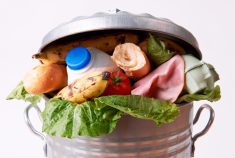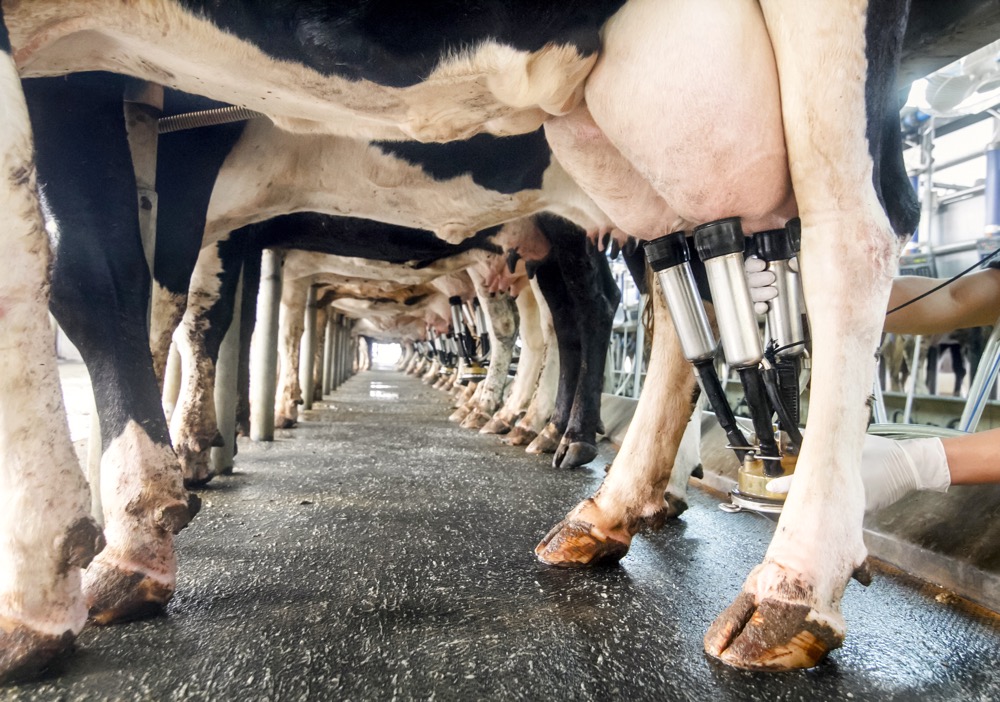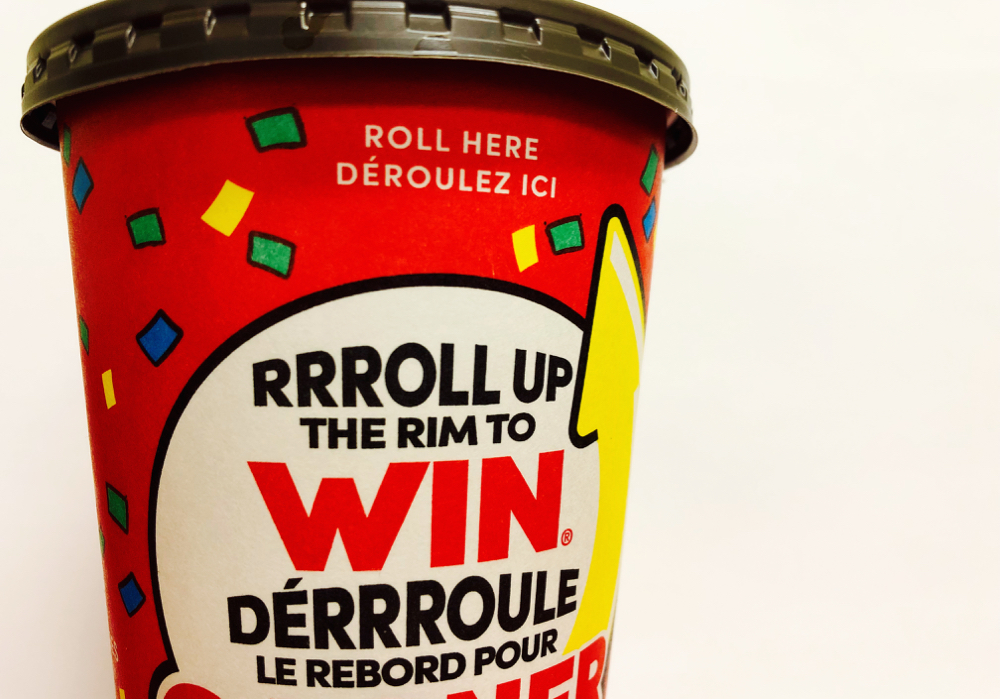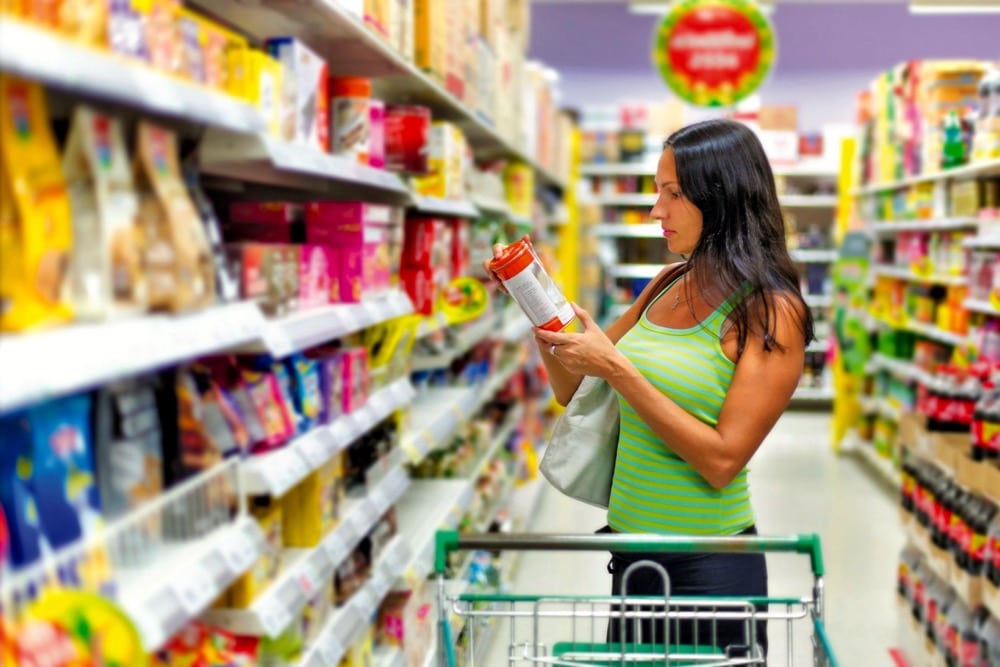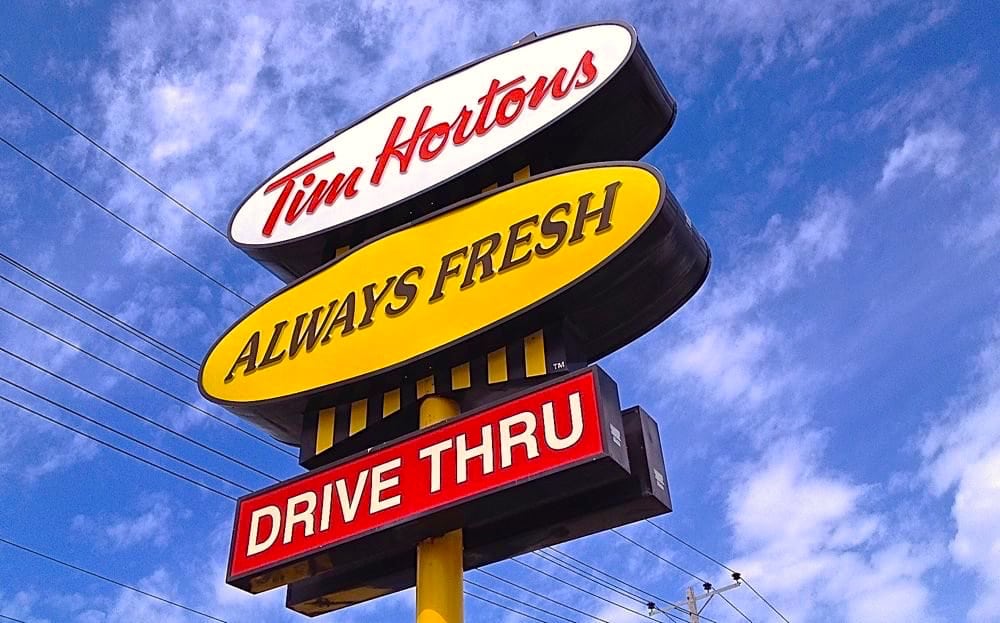Since early in May Tim Hortons has been removing garbage bins from drive-through lanes. Some have been placed in less obvious locations on the store properties.
Tim Hortons is concerned customers don’t have enough time to properly sort their garbage into bins placed alongside drive-through lanes, so it has taken the trash cans away. They were also finding too much trash from other sources, which is one reason given for the changes.
“The recent changes we’ve made to the placement of our exterior waste and recycling units are meant to improve the accuracy and efficiency of our waste diversion programs,” the company said in an emailed statement to the Globe and Mail when the changes began this spring. “Our goal with the new waste and recycling unit locations is to provide our guests with enough time to sort materials into the appropriate compartments, which can be difficult in a quick-moving drive-through lane.”
Read Also

Canada’s Grocery Code of Conduct just window dressing
The voluntary nature of Canada’s Grocery Code of Conduct robs it of effectiveness and won’t result in the food system accountability that’s needed.
I have often observed that these waste and recycling bins are messy. It takes time for employees to clean up and hopefully they will not get stung by a bee in the process. This is a cost to the franchise and therefore it makes sense (cents) to make changes. So people will need to go out of their way to dispose of their garbage. This puts the responsibility of garbage disposal onto the consumer.
Because consumers purchase a good amount of processed food as part of their weekly diets, we end up with a significant amount of packaging that is typically thrown out. Throwing out this garbage is very easy to do. It gets picked up for us and delivered to the landfill site. We pay for the cost of this through our taxes. If more responsibility for garbage disposal is placed on the consumer, would they then in turn opt for less packaging with their purchases?
Waste is a big topic lately, and here in Ontario, the government has upcoming ‘Waste Free Ontario’ legislation. Food waste is certainly a big part of the equation in the food sector, but packaging needs our attention as well to reduce environmental pollution. As landfills are filling up to their maximum use and less land is available for these sites, work needs to be done on reducing the waste that goes to landfill sites in the first place. We need to keep our agricultural land for food production and often landfill sites take up this asset. What needs to be determined is the most efficient and environmentally friendly process to dispose of garbage and then society should encourage government to support that process.
Perhaps Tim Hortons has it right. If you purchase products with throw-away packaging, it’s your responsibility to dispose of it properly. If you don’t like to, don’t purchase it. As for coffee cups, bring your travel mug next time you order a coffee through the drive-through.
Paul Bootsma is the field service manager of the Christian Farmers’ Federation of Ontario.







